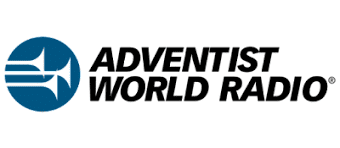Quite recently, we received a surprising email message from Dr. Martin van der Ven in Germany alerting us to the fact that an internet website contains the story of an American mediumwave station that is now located on board a cargo ship. The radio station is KKOL and the ship is the “Coastal Ranger“.
Mediumwave KOL first launched way back on May 23, 1922 as one of the very earliest radio stations in Seattle in the American state of Washington. More than half a century later, the callsign was changed to KMPS, and then more recently, the call reverted back to KKOL.
For most of its shore life, this radio station was on the air from studios located in downtown Seattle, with the transmitter base on Harbor Island. The 5 kW transmitter on 1300 kHz has been heard far and wide, even in Australia and New Zealand.
In the spring of last year, station KKOL agreed to abandon its long-time location on Harbor Island to enable expansion of the international port facilities. Work began on the construction of a new 50 kW transmitter base 15 miles south of Seattle; but a temporary location was also needed.
A novel solution presented itself, and so a temporary radio station for KKOL, with 1 kW on 1300 kHz, was installed on a 175 ft. long cargo ship, the “Coastal Ranger”. This ship was previously in use with the fishing industry in Alaska and the Aleutian Islands.
Thus it was that the new and temporary radio station KKOL was officially launched, literally on the “Coastal Ranger” on January 1, 2002. This is currently the only officially licensed radio broadcasting station on a ship in American waters.
The “Coastal Ranger” is tied up at a stationary wharf site in Elliott Bay, Seattle, quite close to its former location on Harbor Island. The transmitter was installed inside a shipping container on the deck, and the antenna is a 74 ft. long center-fed whip made by Viacom in Canada.
The tide levels in Elliott Bay rise and fall for a full variation of 16 ft.; and, in addition, the ship rolls a little with the effect of the wind and the moving water. However, these movements make no significant effect on the propagation of the mediumwave signal in its main coverage area.
Way back nearly 100 years ago, the callsign KOL was originally in use for a ship with the name, “Mount Hope”. Maybe it is appropriate that the callsign is again in use on another ship, the “Coastal Messenger”. This one is only temporary, though, so those who can should obtain their QSL while the opportunity is still open.
From: Wavescan 425, February 16, 2003
 “Wavescan” is a weekly program for long distance radio hobbyists produced by Dr. Adrian M. Peterson, Coordinator of International Relations for Adventist World Radio. AWR carries the program over many of its stations (including shortwave).
“Wavescan” is a weekly program for long distance radio hobbyists produced by Dr. Adrian M. Peterson, Coordinator of International Relations for Adventist World Radio. AWR carries the program over many of its stations (including shortwave). 